String Quartet No. 9, Opus 59, no. 3 Ludwig van Beethoven (1770-1827)
Andante con moto- Allegro vivace
Andante con moto quasi allegretto
Minuetto: Grazioso
Allegro molto
One of Beethoven’s greatest works, the heroic String Quartet Op.59 No.3 (known to musicians as “the third Razumovsky”) opens with a sizzling diminished seventh chord that creates an air of uncertainty and expectation, which stunned the audience at the first performance in 1807. The three Op.59 quartets were commissioned by the Russian Count Andrey Razumovsky, a politician living in Vienna at the time. The third quartet is the only one in which Beethoven does not specifically use a known Russian tune to honor his patron, but the second movement consists of Beethoven writing his own brooding Russian-sounding melody. Above an insistently plucked bass line, its beauty and originality are breathtaking. Eventually the first violin ushers in a more dance-like second theme that lifts the spirits of the music, and when the movement finally fades to a close, it ends as it began, with a simple pizzicato.
For the third movement, Beethoven chose the form of a Minuet instead of a traditional Scherzo, giving him the opportunity for gracefulness and elegance rather than boisterous energy. It is beautifully composed, artfully hiding the complexity of its counterpoint in smooth melodic texture. The Minuet’s middle “trio” section is much more spirited and angular with lively arpeggios balanced by a running sixteenth note accompaniment. Following the da capo (return) of the Minuet, an amazing reflective little coda closes the movement and sends us directly into the tumultuous Finale without a break.
This sensational movement is one of Beethoven’s truly virtuosic Finales. In the face of having to come to terms with his growing deafness, and the uncertainty of his artistic future, Beethoven has left us with this amazing testament that captures the joy of life like no other for each successive generation. As Beethoven finished the last bars of his manuscript, he wrote “Never again need you feel ashamed of your deafness, nor others wondering at you for your handicap. Can anything in the world prevent you from expressing your soul in music?”
String Quartet Opus 27 in G minor Edvard Grieg (1843-1907)
Un poco andante - Allegro molto ed agitato
Romanza: Andantino
Intermezzo: Allegro molto marcato - Piu vivo e scherzando
Finale ; Lento - Presto al Saltarello
After many years of teaching and conducting in Oslo, the great Norwegian composer Edvard Grieg moved to a country residence named Trodhaugen. (It now houses the Edvard Grieg Museum.) In the course of a couple of years there he wrote the String Quartet No 1 in G minor. On hearing Grieg’s quartet, Franz Liszt declared ‘It is a long time since I have encountered a new composition which has intrigued me as greatly as this distinctive and admirable work by Grieg.’ The musical language was radical for its day, and in many ways Grieg’s celebrated quartet is a bridge between the late Beethoven quartets and those of the Romantic era.
Working hard to find a thematic and formal framework, Grieg decided to build the whole quartet on the melody of his Ibsen song Spillemaend (‘Minstrel’, Op 25 No 1), which underlies all four movements. This motivic core pervades the entire quartet, binding it together to form a composite whole, from the dramatic G minor introduction of the first movement to the entrancing final G major tonality of the last movement.
The thickness of sound and heartfelt drama in Grieg’s string quartet is striking It has an unorthodox richness of texture that makes it seem symphonic in its effect. Grieg frequently uses chordal writing, and fortissimo double-stopping in each instrument, so that eight or even more notes are actually sounding simultaneously. The composer wrote that his quartet was not meant to show occasional flashes of brilliance..It strives toward breadth, soaring flight, and above all to achieve a new vigorous dramatic sound and resonance for the instruments for which it is written.’ Since its premier in 1878, Grieg´s string quartet has been a staple of the chamber music repertoire, and one of the most popular string quartets ever written.
Rondo à la Turk Dave Brubeck (1920-2012)
Originally a piano piece by Mozart, the “Blue Rondo à la Turk” has become a jazz standard composition by Dave Brubeck. It first appeared on his album Time Out in 1959. He said that his choice of rhythm was inspired by the Turkish aksak time signatures. It was originally recorded by the Dave Brubeck Quartet with Dave Brubeck on piano, Paul Desmond on alto saxophone, Eugene Wright on bass, and Joe Morello on drums.
